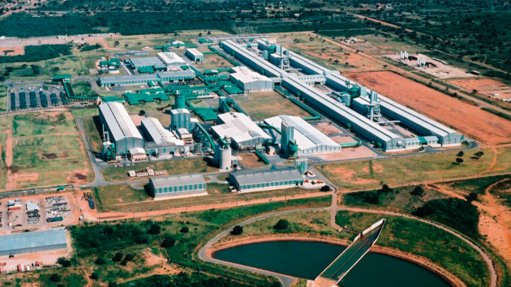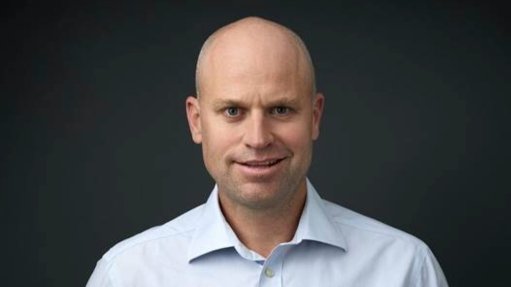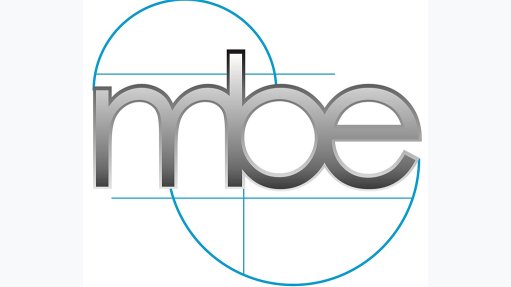Phase angles
I was in a courtroom the other day and the public prosecutor was asking questions. Unfortunately, they were not engineering questions and I am an engineer. Thus, I did not understand the questions or why they were being asked.
As a true engineer, I would say, “Ah, if you mean . . .”, and I would go on and the prosecutor would just ask the question again and ask me to say “yes” or “no” when, in fact, the answer to the question, the way he put it, was “it depends”. So, finally he said: “When you say the information changes, how can you tell?” So I said, oh, you can see the change in the phase angle. This stopped the flow of questions. Yay.
A phase angle is the relative difference between the peaks of two sine waves. Oh, darn. Sine waves? Okay, like this: the tide goes in and out every day. Between high tides is 12 hours and 25 minutes. An observer will note that the rise and fall of the tide is not a constant – as the tide comes in, the rise will become slower and slower until the peak, and then the tide retreats slowly and then more rapidly. The graph of the tide rise and fall is a sine wave.
The same happens with the voltage in a power line. The longer the power line becomes, and the more power it supplies, and the greater the phase angle between the voltage at one end and the voltage at the other end. When the phase angles get too large, then the power line can no longer effectively deliver power and it shuts down.
One can insert phase angle correctors at points along the line, which will keep the transmission and receiving-end voltages in step, but you risk tripping the whole line if these fail. In general, one designs that one phase angle corrector can trip and the line will still operate.
An alternative solution is to design the power line to operate on direct current (dc) instead of alternating current. This was done for the connection to the Cahora Bassa Hydro scheme, in Mozambique. These lines are expensive – a dc line to Cape Town will be about R2-billion.
Another way to deal with the problem is to reduce the load on the line by having a power station at the receiving end of the power line and just use the line to link the transmission and receiving ends. This was the rational for the construction of the Koeberg nuclear power station (which also gave a handy reason for making enriched uranium to blow things up if needed).
Koeberg is 33 years old and the reason for its construction has re-arisen, to wit: how to keep the power system to the Western and Southern Cape stable.
The answer – build another Koeberg, but only bigger – is not popular and is widely criticised for political reasons. Renewable-energy supporters think the job can be done by renewable technologies, which they cannot. In point of fact, renewable wind energy makes the whole matter of stability worse, not better. It is very difficult to explain all this to environmentalists, since they really do not seem to want to be educated – they just want to argue, which, naturally, is their right.
However, one cannot be, or should not be, against oil tankers crossing the ocean if you yourself drive a car and, in the same way, if you want a reliable power supply and you live in the Cape, the fact of a new reliable power station has to be part of the occasion. I was a power systems engineer and it is very clear to me. I put it out there: if any environmentalist can offer a valid, viable alternative I will gladly print it. But I will add my comments, if necessary.
Article Enquiry
Email Article
Save Article
Feedback
To advertise email advertising@creamermedia.co.za or click here
Comments
Announcements
What's On
Subscribe to improve your user experience...
Option 1 (equivalent of R125 a month):
Receive a weekly copy of Creamer Media's Engineering News & Mining Weekly magazine
(print copy for those in South Africa and e-magazine for those outside of South Africa)
Receive daily email newsletters
Access to full search results
Access archive of magazine back copies
Access to Projects in Progress
Access to ONE Research Report of your choice in PDF format
Option 2 (equivalent of R375 a month):
All benefits from Option 1
PLUS
Access to Creamer Media's Research Channel Africa for ALL Research Reports, in PDF format, on various industrial and mining sectors
including Electricity; Water; Energy Transition; Hydrogen; Roads, Rail and Ports; Coal; Gold; Platinum; Battery Metals; etc.
Already a subscriber?
Forgotten your password?
Receive weekly copy of Creamer Media's Engineering News & Mining Weekly magazine (print copy for those in South Africa and e-magazine for those outside of South Africa)
➕
Recieve daily email newsletters
➕
Access to full search results
➕
Access archive of magazine back copies
➕
Access to Projects in Progress
➕
Access to ONE Research Report of your choice in PDF format
RESEARCH CHANNEL AFRICA
R4500 (equivalent of R375 a month)
SUBSCRIBEAll benefits from Option 1
➕
Access to Creamer Media's Research Channel Africa for ALL Research Reports on various industrial and mining sectors, in PDF format, including on:
Electricity
➕
Water
➕
Energy Transition
➕
Hydrogen
➕
Roads, Rail and Ports
➕
Coal
➕
Gold
➕
Platinum
➕
Battery Metals
➕
etc.
Receive all benefits from Option 1 or Option 2 delivered to numerous people at your company
➕
Multiple User names and Passwords for simultaneous log-ins
➕
Intranet integration access to all in your organisation


















